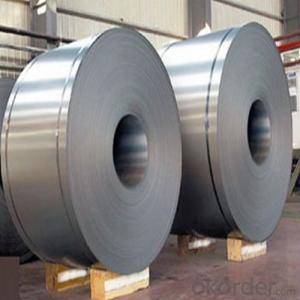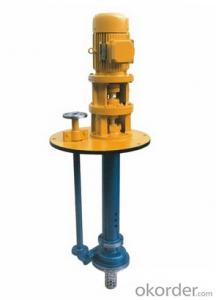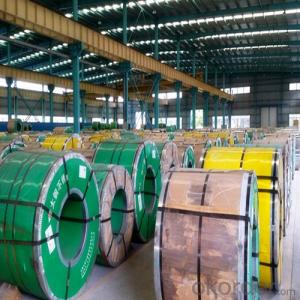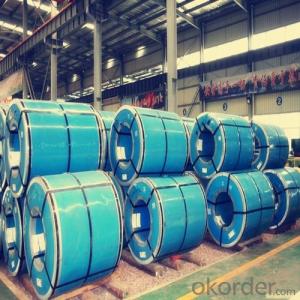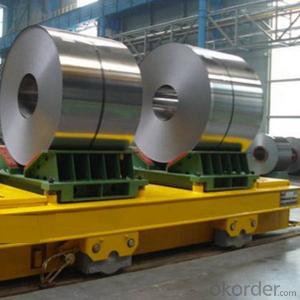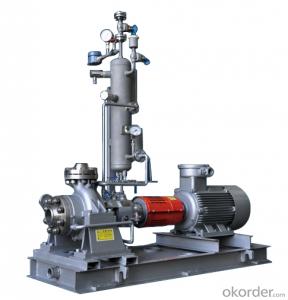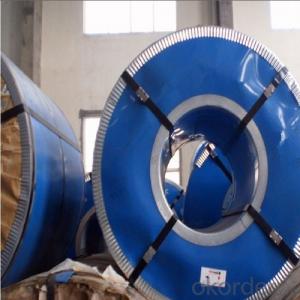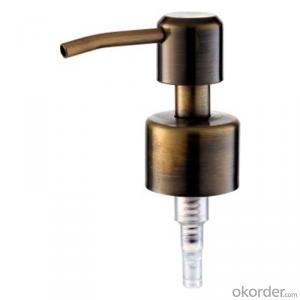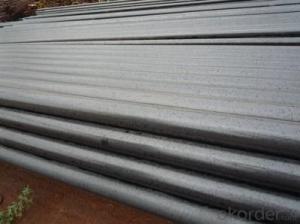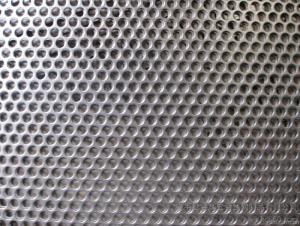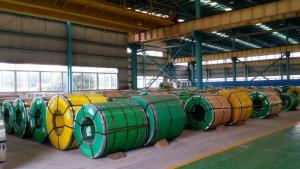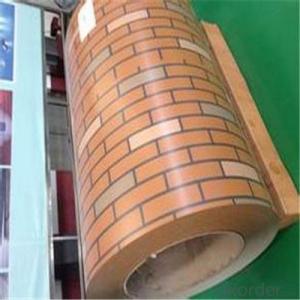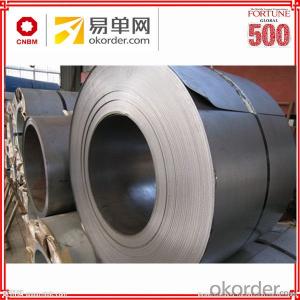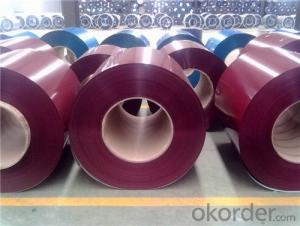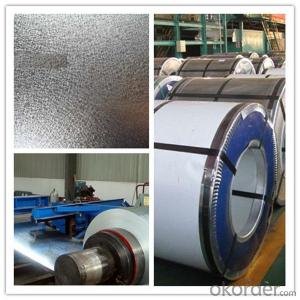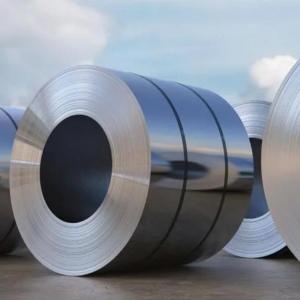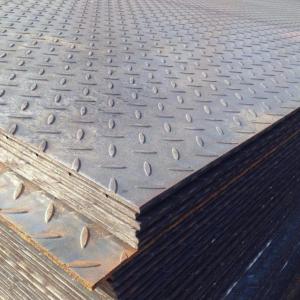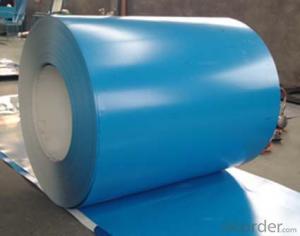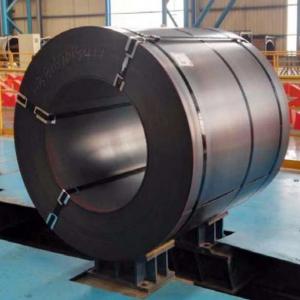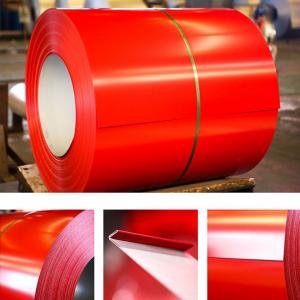400 Series Stainless Steel
400 Series Stainless Steel Related Searches
Best Paint For Stainless Steel Blanket Insulation For Steel Buildings Primer For Galvanized Steel Foam Filter For Stainless Steel H S Code For Stainless Steel Surface Grinding Wheels For Stainless Steel Surface Grinding Wheels For Hardened Steel Hole Saw For Stainless Steel Paint For Stainless Steel Stainless Steel For BbqHot Searches
Steel Mesh Panels For Sale Price For Stainless Steel Scrap Scrap Price For Stainless Steel Price For Stainless Steel Stainless Steel Tank For Sale Stainless Steel Sheets For Sale Cheap High Tea Sets For Sale Stainless Steel Tanks For Sale Stainless Steel For Sale High Density Fiberboard For Sale Solar Hot Water Collectors For Sale Scaffolding For Sale In Uae Scaffolding For Sale In Ireland Scaffolding For Sale In Houston Type Of Inverter For Solar Price Of Shipping Containers For Sale Types Of Inverter For Solar Stock Price For Aluminum Used Solar Inverter For Sale Steel Mesh Panels For Sale400 Series Stainless Steel Supplier & Manufacturer from China
Okorder.com is a professional 400 Series Stainless Steel supplier & manufacturer, offers integrated one-stop services including real-time quoting and online cargo tracking. We are funded by CNBM Group, a Fortune 500 enterprise and the largest 400 Series Stainless Steel firm in China.Hot Products
FAQ
- To ensure accurate tracking and handling of steel coils throughout their journey, various methods are employed to label and identify them. The labeling and identification process typically consists of the following steps: 1. Initial Marking: At the outset, the manufacturer's name or logo is affixed to the steel coil, enabling easy identification of the producing company. 2. Unique Identification Number: A distinct identification number, commonly known as a coil number, is assigned to each steel coil. This number is often engraved or imprinted on the surface of the coil and serves the purpose of tracking and managing inventory. 3. Specifications of Size and Weight: Labels indicating the size and weight specifications of the steel coils are attached. This information aids in determining the coil's dimensions and weight capacity, ensuring appropriate handling and transportation arrangements. 4. Indication of Grade and Material: The labeling typically includes information about the grade and material composition of the steel coil. This essential data offers insights into the properties and quality of the steel, guaranteeing its correct utilization in manufacturing processes. 5. Heat or Lot Number: Steel coils may also bear a heat or lot number, which denotes the production batch from which the coil originated. This information contributes to traceability and quality control, simplifying identification in the event of any issues or defects. 6. Barcodes or QR Codes: Many steel coils now feature barcodes or QR codes that can be scanned using automated systems. These codes contain all pertinent information about the coil, streamlining data capture and management throughout the supply chain. Proper labeling and identification of steel coils are of utmost importance for efficient logistics management, inventory control, and quality assurance. By implementing these identification methods, manufacturers, distributors, and end-users can effortlessly track, handle, and utilize steel coils in a secure and productive manner.
- Steel coils are protected against UV radiation through the application of protective coatings or paints. These coatings act as a barrier, shielding the steel from direct exposure to UV rays, preventing oxidation and degradation of the metal.
- There are several different methods of slitting steel coils, each with its own advantages and limitations. Some of the most common methods include: 1. Rotary Shear Slitting: This method involves using rotating knives to cut the steel coil into narrower strips. It is a versatile and efficient method that allows for high-speed production and precise slitting. Rotary shear slitting is commonly used for thinner gauge materials. 2. Looping Pit Slitting: In this method, the steel coil passes through a looping pit where it is guided and tensioned before being slit. It is suitable for thicker gauge materials and provides good edge quality. Looping pit slitting allows for higher coil speeds and can handle heavier coils. 3. Drag Slitting: This method involves dragging the steel coil over a stationary blade or set of blades to perform the slitting. It is particularly useful for materials that are difficult to slit, such as high-strength steels. Drag slitting provides excellent edge quality and is often used for precision slitting applications. 4. Crush Slitting: Crush slitting involves applying pressure to the steel coil to crush and separate it into narrower strips. It is a cost-effective method suitable for lower gauge materials. However, it may result in slightly rougher edge quality compared to other methods. 5. Laser Slitting: Laser slitting utilizes a focused laser beam to cut through the steel coil. It is a highly precise method that offers excellent edge quality and minimal distortion. Laser slitting is commonly used for high-value and specialty materials. Each method has its own advantages and is suitable for specific applications and material types. The choice of slitting method depends on factors such as material thickness, desired edge quality, production speed requirements, and budget.
- There are several different grades of steel that are commonly used in coils, including low carbon steel, high carbon steel, stainless steel, and advanced high-strength steels. Each grade has its own unique properties and is chosen based on the specific requirements of the application, such as strength, corrosion resistance, and formability.
- There are primarily three methods of galvanizing steel coils: hot-dip galvanizing, electrogalvanizing, and continuous galvanizing. Hot-dip galvanizing involves immersing the steel coils in a bath of molten zinc, which forms a protective coating. Electrogalvanizing uses an electric current to deposit a layer of zinc onto the steel surface. Continuous galvanizing is a process where the steel coil is continuously passed through a bath of molten zinc to achieve galvanization. These methods provide varying levels of protection against corrosion and are used in different applications based on specific requirements.
- Roofing sheets cannot be produced without steel coils, as they are an integral part of the manufacturing process. These coils are typically composed of high-quality steel, which is renowned for its strength, durability, and resistance to corrosion. To convert these coils into roofing sheets, several steps must be followed. To begin, the steel coils are loaded onto a machine known as a decoiler. This machine effortlessly unrolls the coils, allowing them to be fed into the production line. By doing so, the decoiler guarantees a continuous supply of steel, ensuring an uninterrupted manufacturing process. Subsequently, the steel coils pass through a series of rollers. These rollers are responsible for molding the steel into the desired shape, which is specific to the type of roofing sheet being produced. Depending on the project's requirements, the rollers can create various profiles, such as corrugated or standing seam. Once the shaping process is complete, the steel sheets often receive a protective coating. This coating, which can be zinc or other metallic alloys, is referred to as galvanized or galvalume coatings, respectively. These coatings provide an extra layer of defense against rust and corrosion. Following the application of the protective coating, the sheets are generally cut to the desired dimensions. This can be achieved using shearing machines or other cutting tools, ensuring that the roofing sheets are appropriately sized for installation. Finally, the roofing sheets are carefully packaged and prepared for transportation to construction sites. They are typically bundled together and securely wrapped to safeguard them during transit. In conclusion, steel coils play a vital role in the production of roofing sheets. Through shaping, coating, cutting, and packaging processes, these coils are transformed into finished products ready for installation. By utilizing steel coils, roofing sheets are rendered strong, durable, and resistant to various environmental factors, making them a popular choice in roofing applications.
- Hi my dad bought a stain steel refridg. yesterday, and we went to clean it and it looks all streaky and gets finger prints and stuff on it too easily we used mr clean multisurface cleaner and it didnt work to well is there a certain type of cleaner we are supposed to use?
- I use a good car wax/chrome polish
- Yes, steel coils can be transported by air. Air freight companies have the capability to transport heavy and oversized cargo, including steel coils, using specialized aircraft and equipment. However, due to their weight and size, transporting steel coils by air can be more expensive compared to other modes of transportation such as sea or rail.
















